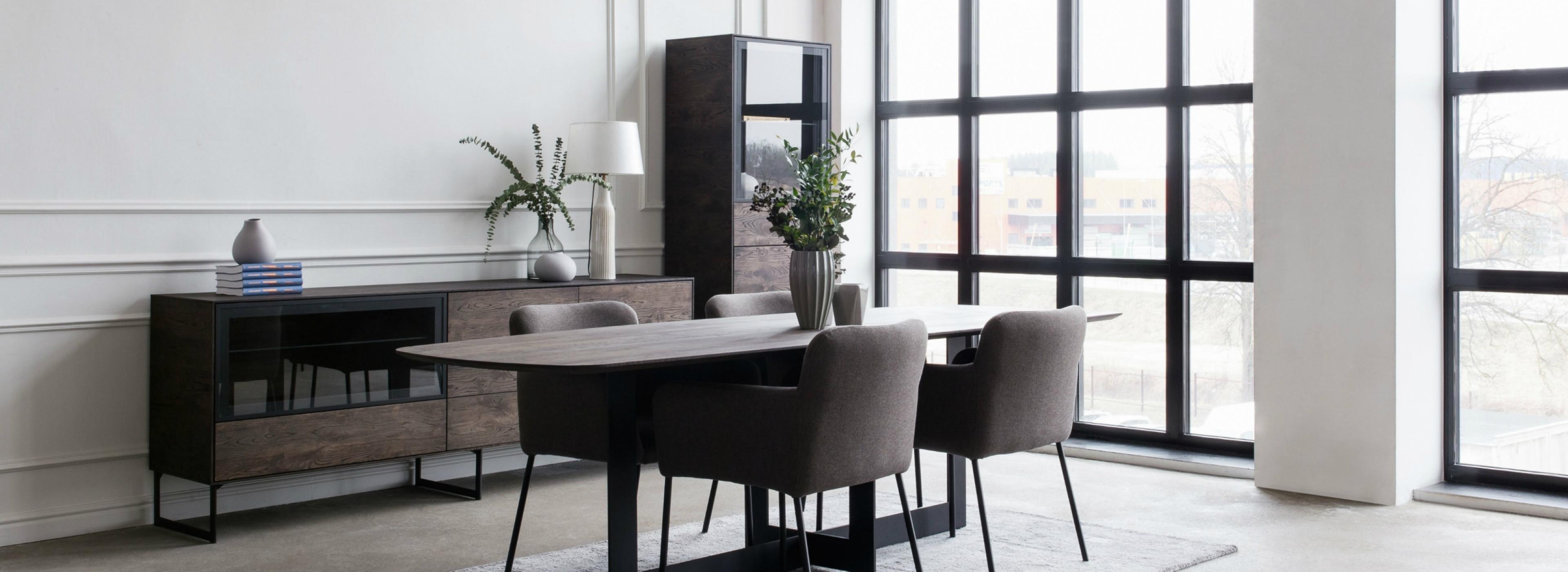Furniture Design - How Design Has Changed
Posted in Angelcityfurniture
Furniture design and the furniture industry have undergone several changes over the years. Modern furniture focuses on functionality, instead of beauty. The industrial era ushered in mass production that left little room for uniqueness. Industrialists embraced standardized patterns that served their purpose. Others, realizing they had to keep up with the times, searched for ways to get rid of the "stove-pans" syndrome and developed new methods of design that incorporated function above all else. Furniture design and the furniture industry have undergone several changes over the years. Modern furniture focuses on functionality, instead of beauty. The industrial era ushered in mass production that left little room for uniqueness. Industrialists embraced standardized patterns that served their purpose. Others, realizing they had to keep up with the times, searched for ways to get rid of the "stove-pans" syndrome and developed new methods of design that incorporated function above all else.

The modernist movement, which sought to rejection the more ornate, traditionalist style, while embracing more modern materials and technologies made available by scientific advances. Furniture designers of the time were willing to experiment with these new and novel materials. They discovered they could utilize molded plastic to make simple chairs or wrap an aluminum lounge chair around steel legs instead of a classic wood frame, and create complex and highly functional interior design using such materials as marble. These bold experiments reflected the anxieties of industrialists who were struggling to find ways of doing things better, and the optimism of the avant-garde interior designers who were unafraid to challenge convention.
After World War I, the First World War saw the rise of the modernist movement, which sought to utilize industrial advancement to achieve aesthetic beauty. In response, furniture designers took on new approaches to design. These designers strove to produce aesthetically pleasurable products that were free of excess ornamentation. They strove to produce products that were attractive as well as practical. This movement was born from necessity, and the desire to do something new, as a way of avoiding the monotony of old styles.
The next major shift in furniture design came in response to changes in the housing construction. People began to live in bigger, more urbanized homes, creating larger floorspace. The result was a shift from the bulky, cramped style of Victorian houses, towards the sleek, streamlined styles of the early twentieth century. Interior designers turned their attention to product design in response to these changes, and the avant-garde furniture designers of yesteryear began to use new material types and innovative color schemes to produce revolutionary designs.
In response to these changes in furniture design, designers also began to experiment with the basic principles of architecture. Arched wooden chairs became common in offices and homes, as designers attempted to solve the seating difficulties of the times by building arches into their designs. Even the most functional furniture, such as the simple chair, was designed to look modern. By varying the height of the legs, and varying the width of the arms on the chair, furniture designers began to show an interest in simplistic design. Modernist chair styles, which are characterized by geometric lines and lack of ornamentation, have become extremely popular.
While basic design principles influenced the way that modern furniture was made, it was the inclusion of artistic flourishes that truly revolutionized the industry. Cubic furnishing designs, for example, started out as simple cubes but were eventually transformed into incredibly ornate, multi-colored, and decorative pieces. Glassware designers began experimenting with adding mirrors, colored glass, and other decorative embellishments to glass products to make them even more attractive. Furniture designs often included complex woodworking elements, such as those found in the master bedroom of a home.
As this experimentation and exploration continued, furniture designers began to explore the practical aspects of their designs as well. One of the first changes they made to furniture design was the use of modular construction. This concept involved the use of pre-cut, pre-assembled components that were built to a specific shape and size, in order to save time during the assembly process. Modern furniture designers also began to utilize technology that allowed the creation of three-dimensional models, which allowed the production of furniture that was three-dimensional in appearance. By combining these innovative methods of production with traditional materials, furniture designers soon created amazing effects that had not been possible just a decade earlier.
Today, furniture designers are still exploring new ways to enhance the beauty of modern living spaces. Some of the techniques they use include painting with textures that simulate various materials, such as leather, and the incorporation of fabrics that are functional as well as pleasing to the eye. In addition to making a beautiful addition to any home, beautiful furniture can add value to a property because of its desirability. If you want to start your own furniture design business, or expand your existing one, you can easily create an online portfolio that showcases your work. If you already have a portfolio, you can showcase items you've created that have proven to be popular among clients. You can sell your furniture designs in shops or through websites, depending on what you're comfortable selling.